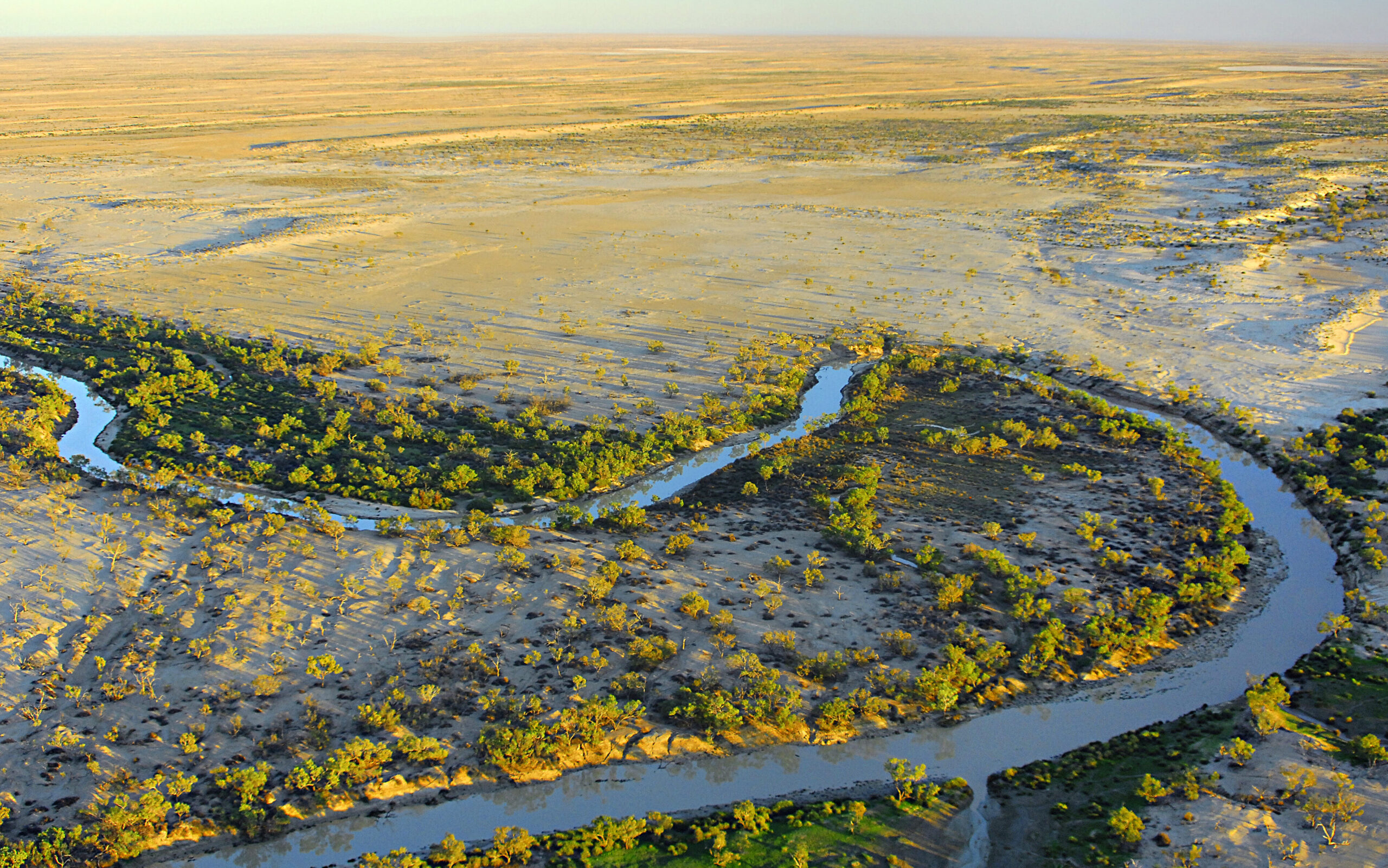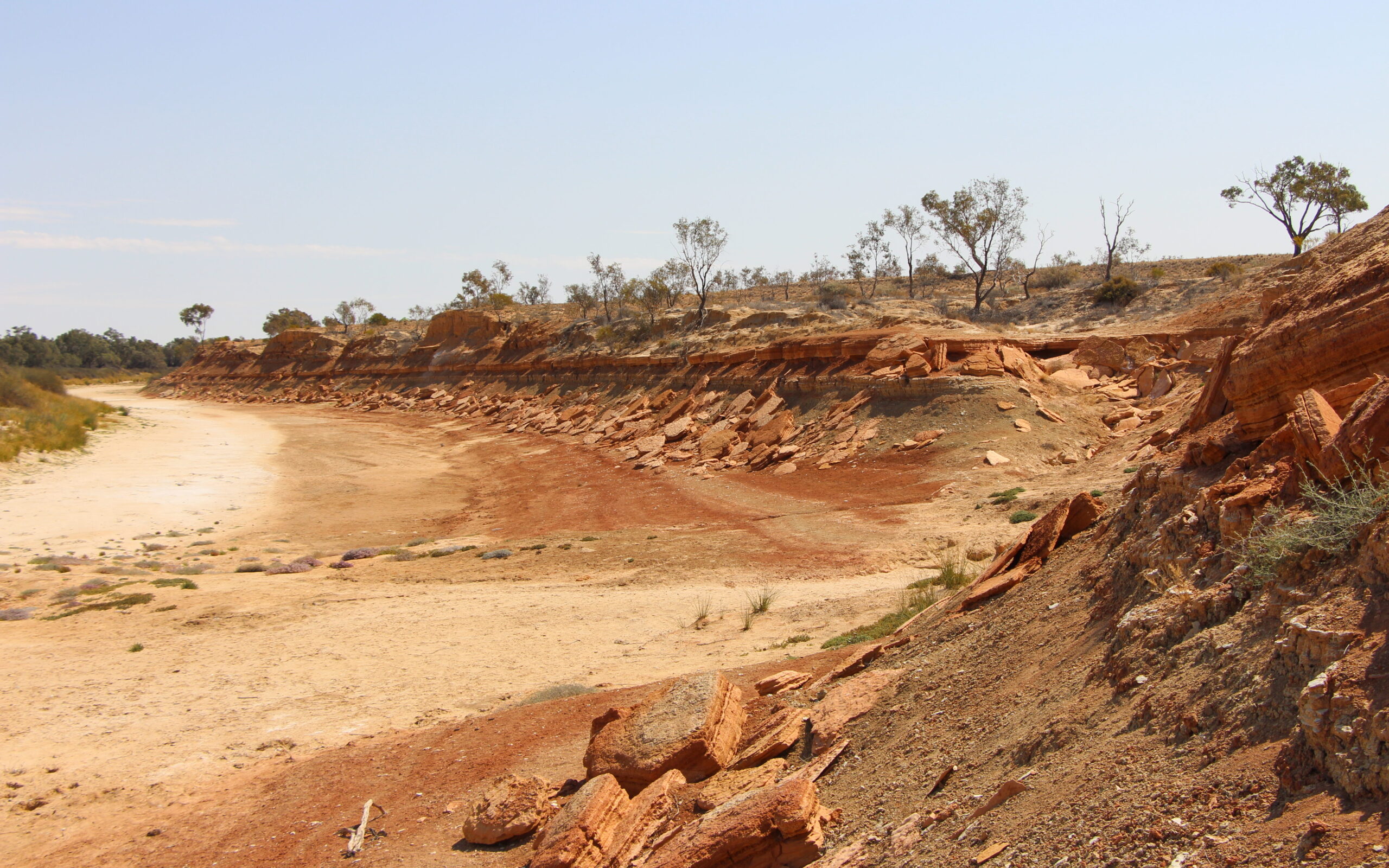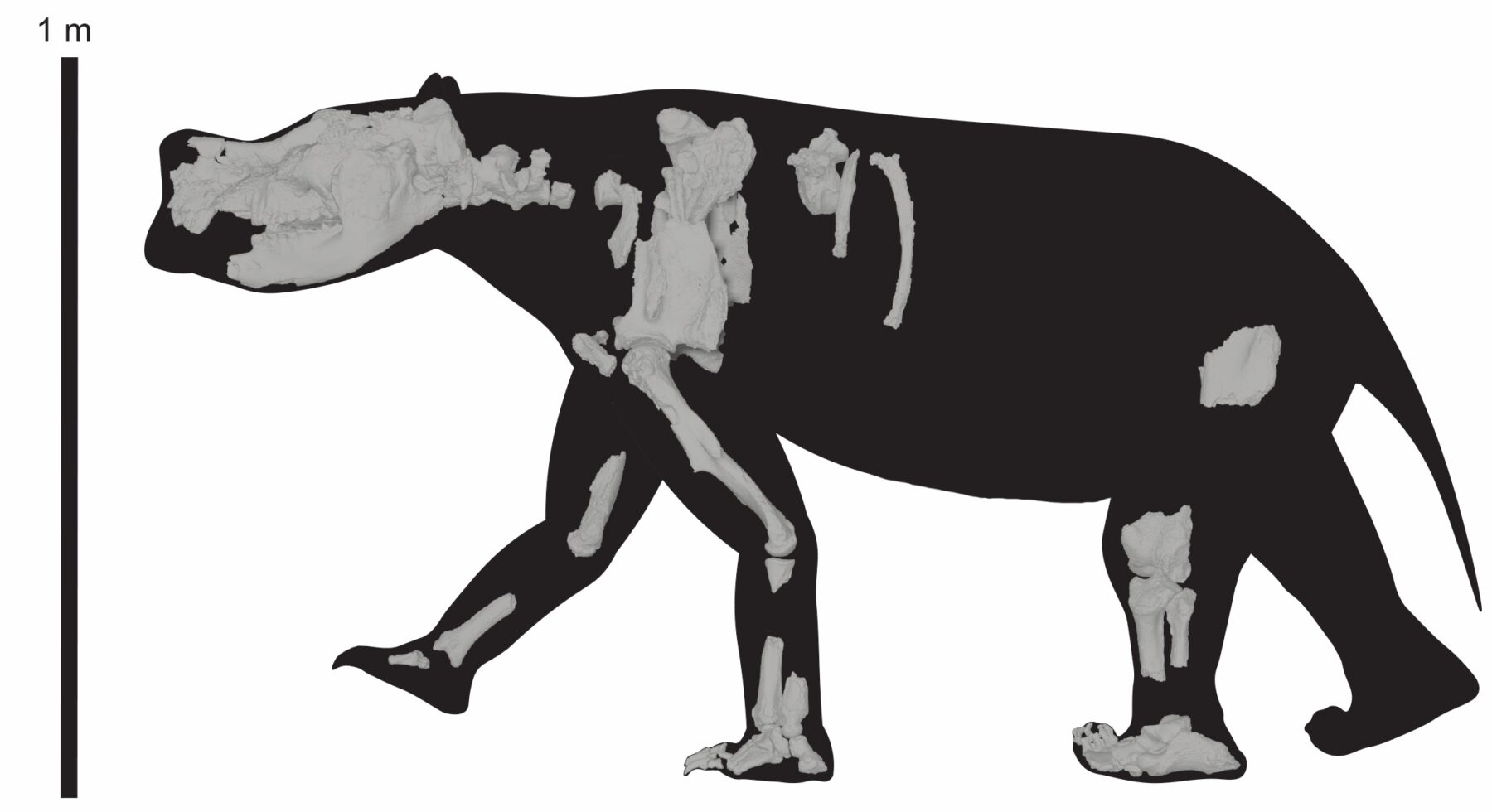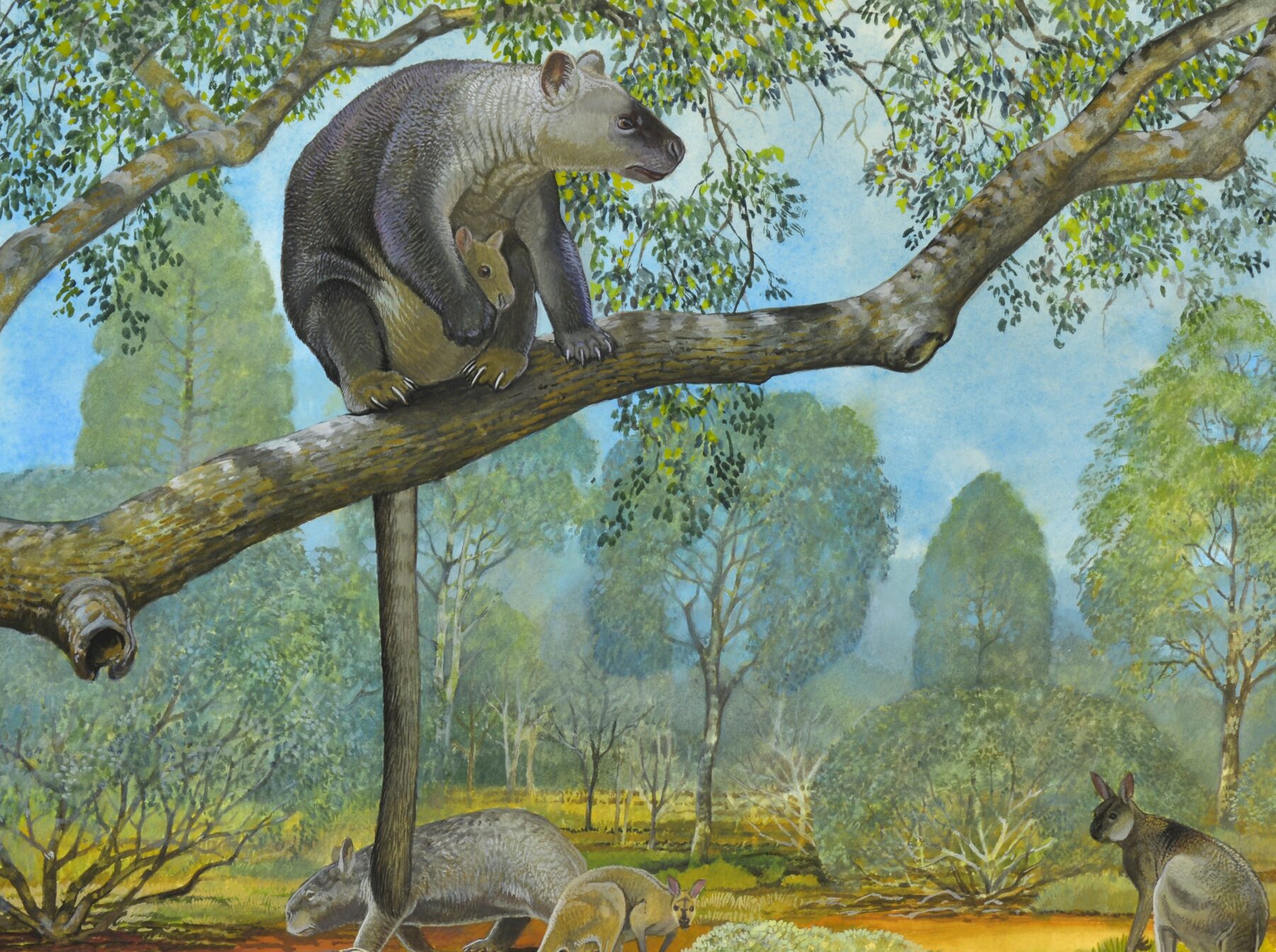The incredible megafauna fossils of Kalamurina

The fossils demonstrate the big climatic shifts which have shaped biodiversity on the Australian continent over millions of years. These remarkable finds are part of a long history of paleontological discovery in the Lake Eyre Basin, which continues to the present day.
Kalamurina Wildlife Sanctuary is a vast protected area which connects the southern stretch of the Simpson Desert with Australia’s largest salt lake. Covering 679,000 hectares, the sanctuary is among the largest sites owned and managed by the non-profit Australian Wildlife Conservancy. Today it’s an arid landscape dominated by long parallel sand dunes, wind-polished gibber plains and dusty floodplains, dissected by a network of channels which occasionally carry water from Queensland into the big inland basin of Kati Thanda-Lake Eyre.

But the Lake Eyre Basin wasn’t always a dry, salty desert. Scientists have been able to reconstruct an environmental history which shows that the low-lying area supported a network of huge, permanent freshwater lakes from about 25 million years ago, surrounded by resource-rich grasslands and forests. There are several species of fossil koalas from the Lake Eyre Basin from around this time. From ten million years ago as the Australian continent continued to drift north, the climate became increasingly arid and the lakes began to dry out. Aridification accelerated over the past 2.6 million years, and during the most recent ice ages the lakes switched to being mostly dry salt pans surrounded by sand dunes.

The Warburton River is one of the main inflows into Kati Thanda-Lake Eyre. During floods, water which fell as rain thousands of kilometres away gushes into the channel, gradually eroding the soft sedimentary layers of the banks. At Kalamurina, those layers date from the Pliocene and Pleistocene epochs, from about five million years ago to just over ten thousand years ago.
Here are some of the most exciting recent fossil finds from Kalamurina:
Rhinoceros-sized marsupials

The most famous of Australia’s megafauna is the giant, wombat-like herbivore, the largest marsupial of all time, Diprotodon optatum. This animal was around the size of a rhinoceros at 3.8 metres long and 1.7 metres at the shoulder and survived for at least 25,000 years alongside Aboriginal people. Fossils of diprotodons are relatively common in some of the deposits at Kalamurina.
A related species from the same family was discovered in 2017, when palaeontologists from Flinders University unearthed a partial skeleton at Kalamurina. Weighing a quarter of a tonne, this new animal, which they named Ambulator in May 2023, was well-adapted to the more open grasslands and shrublands that were spreading out during the Pliocene about 3.5 million years ago. By reconstructing the skeleton, the team was able to demonstrate that this marsupial giant was capable of walking great distances – an ability that would have helped such a large animal access food and water resources as the landscape dried out.
A giant tree kangaroo

The tree kangaroos are among the most fascinating and unusual marsupials alive today. Two species live in North Queensland and an additional eight species are found in New Guinea. All today’s tree kangaroos live in rainforest environments, so it comes as a surprise to learn that some of Australia’s driest landscapes were also once home to their giant relatives.
Researchers from Flinders and Murdoch Universities recently carried out an analysis of all the fragments of fossil tree kangaroos in museum collections around the world, which gave them a far better understanding of the distribution and evolutionary history of this group. They describe seven species of giant ancient tree kangaroos in the genus Bohra, including one species (Bohra illuminata) which was present at Kalamurina in the middle to late Pleistocene (within the past million years or so). Weighing around 40kg, these were probably the largest tree-dwelling animals at the time. As the lush forests retreated to the coastal fringe, tree kangaroos disappeared from southern and inland Australia.
The first vulture ever found in Australia
A fragment of the humerus collected in 1905 was the first evidence of this giant bird of prey (Cryptogyps) from prehistoric Australia, much bigger than today’s wedge-tailed eagle. Like other vultures around the world, this species was most likely a dedicated scavenger, perhaps feeding on carcasses of the huge marsupial mammals with which it co-existed. Experts have speculated that the extinction of the last of the megafauna mammals around 50,000 years ago may have coincided with the decline of Australia’s giant vultures, due to a lack of food.
No doubt there is much more to discover about Australia’s prehistoric past as further bones are revealed by periodic flooding of the Warburton River at Kalamurina. The palaeontologists are itching to get back out there and see what they can find.
This article is republished from Australian Wildlife Conservancy with permission.





